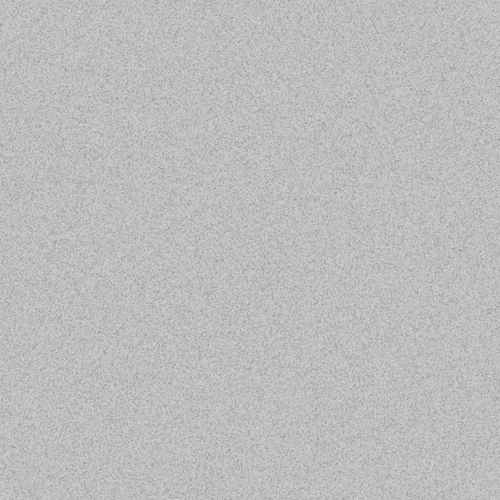Hi! I am looking for a car paint tutorial(for shader). Can you suggest a realistic on for me? I can’t find good one. It’d be the best if it is for node based material editor(Blender, no matter if it is Cycles or BGE/BI, both works, Unreal Engine 4 etc.). I want to try to make a BGE car paint shader, but I need a proper tutorial for it…
Nope… When having a metal-only workflow for car paint, the white paint looks like chrome, black paint looks like solid, flat plastic, only mid-colored paints looks like something…
Sounds like you already know a lot of what you are looking for, possibly just try to achieve the effect you describe with fresnel angle and quite possibly you might be able to put up a tutorial on it.
I actually have a fresnel paint already. What I want is to find out how to gain flakes look the best way…
So what I have is:
As you see, the voronoi doesn’t work. And if I use cycles one it still doesn’t work. Is there a way to fix this?(use voronoi). I will be very thankgul if you tell me solution.
Is this the sort of thing you are after? If not, then give us some idea as to exactly what you need (reference,etc) because this is the only way I know how to do it.
I was looking at your file, and it is using the BGE, for which I have NO idea.
About that thing. I did it a bit different. The thing is that you can’t have voronoi in BGE like that. You can’t have procedural textures:( Non procedural ones are too repetative and the mapping is hard done(the current thing I am looking for).
could you not just create an image with a voroni texture (in Gimp) and plug that in instead? Forgive me, but I know as much about the BGE as a shrimp knows of astrodynamics…
Nice texture. I scaled it down a bit. What is still problem - texture mapping. I need to map texture 3D instead of 2D. Currently it projects it from top down in 2D so the sides looks pretty wrong. I want to find a normal dependent texture mapping in nodes.
What about using the view option in the Geometry node?
Um… In that case the flakes appears to be moving. I currently use OrCo, but OrCo has artifacts on sides
Try using the texture as an environment texture
Hm… Still not what I need. I can’t scale it. I think there was a resource for what I need(releated to terrains), but I can’t find it and I don’t remmeber if it was nodes or shader.
Use an image, and unwrap to UV, reset so that all the faces map to the image, and then for scaling you can do it manually in the uv image editor.
And what do I use for vinyls than? Nodes support only 1 UV layer…
Nodes support only 1 UV layer…
You first said you looked for a solution, game engine or cycles, didn’t matter. I know that Blender handles several UV layers, especially in the cycles node trees I have made in the past. If you are limited to Blender Internal after all, then you might have to look at glsl materials that will allow you the inputs.
edit: so have you looked at using mix nodes to mix two materials together for game engine, or is that not possible? That might allow multiple uv layers.
Multiple materials? How’d it give UVs? And this is for games - performance matters and each material = draw calls.
So get the output you want and bake it out to a single texture to plug back into your game material. That was the whole purpose of Dalai working on baking in Cycles awhile ago. As for UV’s - there is plenty of docs available on that topic, and even more youtube and vimeo videos on that to explain stuff based on your need.
No… You don’t get it. I have a texture. You know - a texture that Marvin gave me! I have texture input, it shouldn’t be UV - UV is used for vinyls and details. And I can use only 1 UV in nodes due to a bug(or incompletness) that isn’t solved over years. So I take in OrCo for flakes. It is optimally good, but in the video which I posted in this thread you can see artifacts system.

This image shows approximately what is wrong with it. The vertex pointing direction of those sides of cube and cylinder returns 1.0 when placed in dot product of Z axis. Because they’re not facing in Z at all. And all faces like that has this problem…

